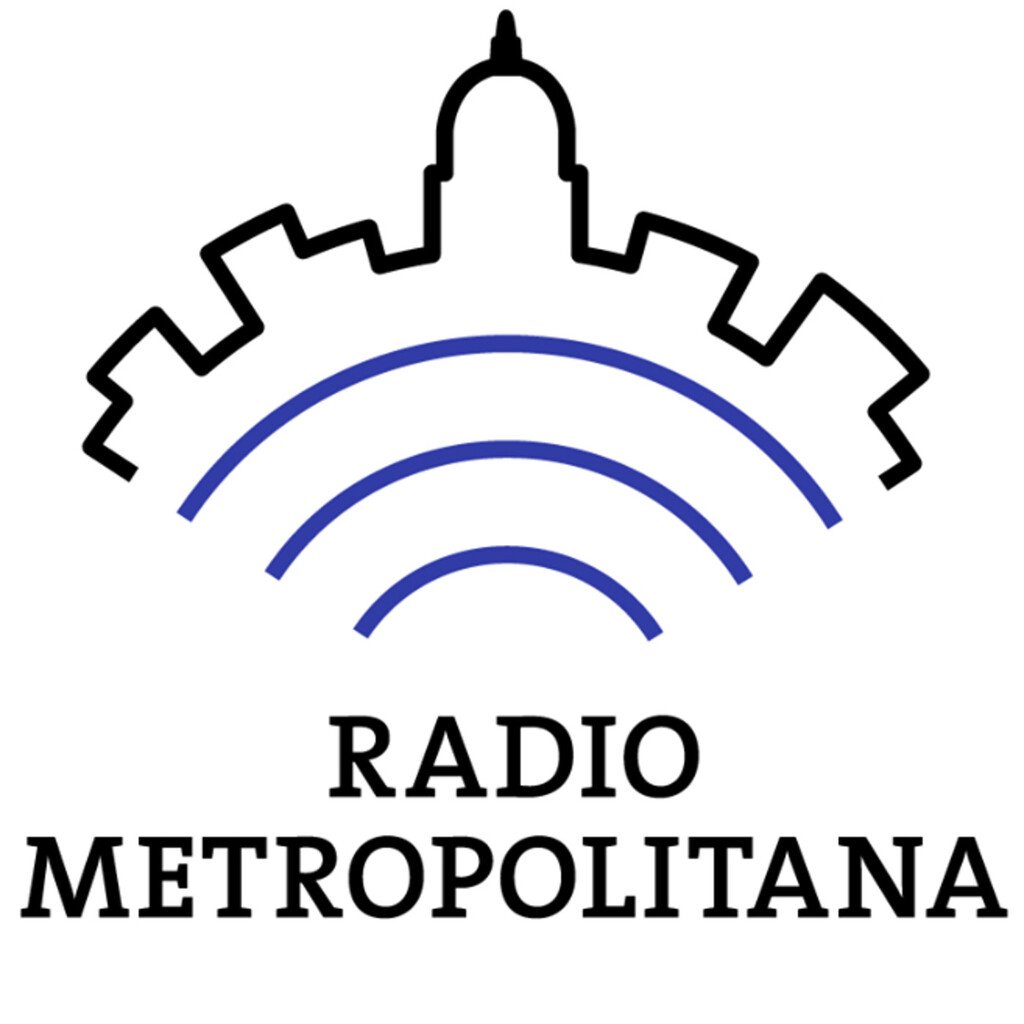Radio Metropolitana: November 10, 2022
/Live, off-air, three-hour excerpt of a recording of the provincial Cuban station Radio Metropolitana, CMBL, Havana, Cuba, on 10 November 2022 beginning at about 20:00 UTC. The station operates on an frequency of 910 kHz from a transmitter in the Villa Maria area of the Distrito de Guanabacoa municipality of Havana with a power of 5 kW and an omnidirectional antenna. The station also transmits on 98.3 MHz in the FM band.
The transmission was received on a Tecsun PL-880 portable receiver with its built-in ferrite-bar-loop antenna in Marathon, Florida, in AM mode with 2.3 kHz RF filtering. Reception was fairly good with some background noise due to the slightly weak signal associated with the over 200 km long-range reception.
Radio Metropolitana is part of the group of stations that make up the Provincial Directorate of Radio in Havana with studios in the FOCSA building in Havana's Vedado district. It is on the air 24 hours a day and offers cultural programming with a strong presence of music aimed at families in the capital city. Its slogan is "La radio de casa" and its theme tune is a fragment of the familiar song "El Manisero" ("The Peanut Vendor") by Cuban composer Moisés Simons. Both can be heard frequently in this recording.
The recording begins with a song by Puerto Rican singer Kany García followed by the program "De Buena Tinta" (literally "of good ink" but an idiomatic expression meaning "on good authority") beginning at 20:00 UTC. This is a news program for residents of Havana including events taking place, weather, and sports. At 20:30 UTC, there is the program "La Novela" (The Novel) with an instalment of "La Flor de los Sueños" (The Flower of Dreams). Next is "Un Amigo Cincero" (A Sincere Friend), a brief program on the literature of José Martí. The program "Por La Habana" (Around Havana) begins at 21:00 UTC. This program is mostly music with Cuban jazz, blues, and funk. Between every few musical items is a discussion of indigenous languages in Latin America and elsewhere and their impact on music. At 22:30 UTC, the program "Para Luego es Tarde" (meaning colloquially "no time like the present") begins. This edition features a discussion about corn (maize), its history and how it is grown, harvested, marketed, prepared for food and other uses. Midway through the program there is a musical interlude with a short discussion about the Bee Gees with excerpts of several of their songs. During some of the programs in the recording, mention is made of the 503rd anniversary of the founding of Havana on 16 November 1519. Public service announcements about health and other matters are also present throughout the recording.












